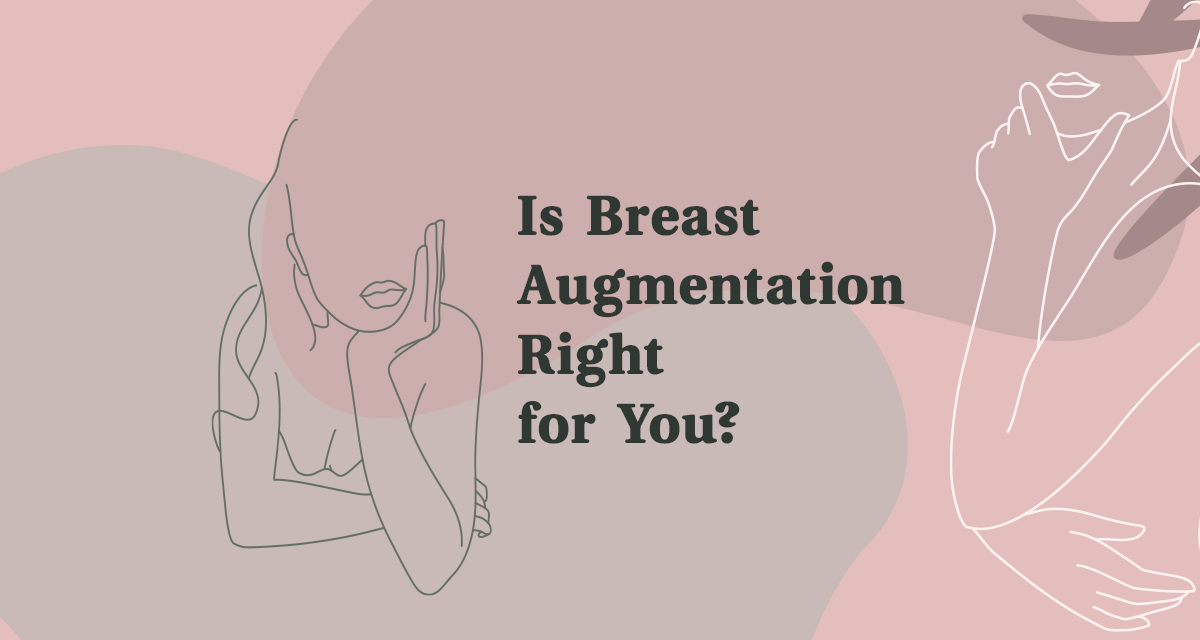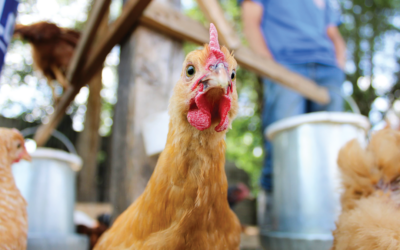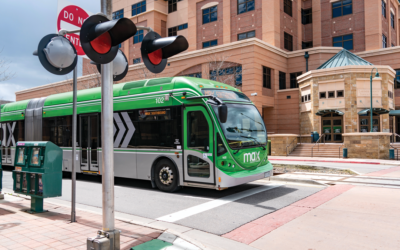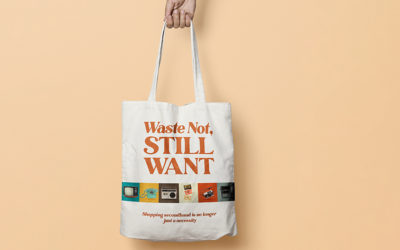For most of her life, Blakely Bowley saw herself as flat chested. She struggled to feel confident in her skin. After talking with some of her friends about their own experiences, she decided to look into breast augmentation.
She found a couple surgeons in the Northern Colorado area who looked promising, as well as plenty of scary information online about all the things that could go wrong. She scheduled consultations and met with several surgeons to feel it out.
“I wanted to do my research and get multiple opinions,” she says. “I was really concerned about the safety, and I really wanted a doctor’s perspective.”
According to a report by The Washington Post, plastic surgeons around the world have reported, albeit anecdotally, an increase in requests for procedures. Local plastic surgeons are reporting that as well: People were staying home more and couldn’t travel, so they decided to spend money on things like breast augmentation.
Some call it the Zoom boom: The American Society of Plastic Surgeons polled member surgeons nationwide and found that more than 75 percent of cosmetic-focused plastic surgery practices reported seeing more business than before the pandemic. Nearly 30 percent of the responding practices said business had at least doubled.
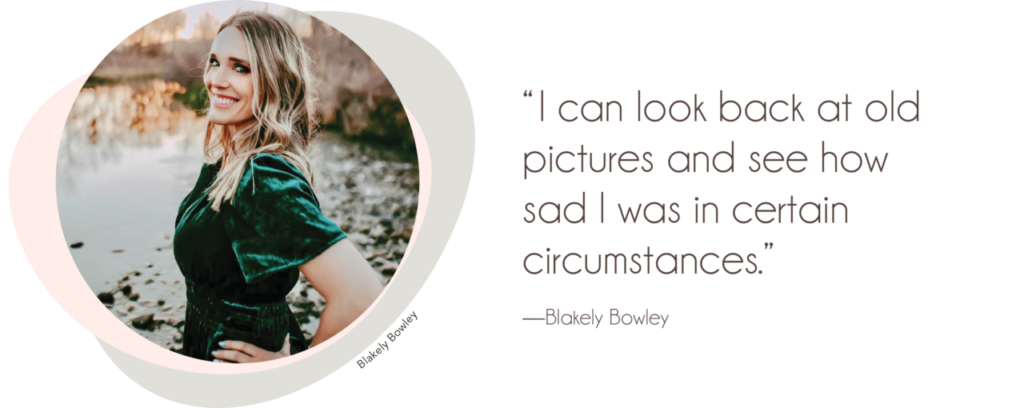
The procedure has risks, including the chance of an onset of symptoms doctors compare to an autoimmune disease, but plastic surgeons also say it comes with a high satisfaction rate.
During her search, Bowley found Warren Schutte, a board-certified plastic surgeon at Front Range Plastic Surgery in Loveland. She liked what she saw in the before-and-after pictures. But more than that, she liked that he didn’t make her feel like she needed to go any bigger than she wanted to. She said the other surgeons she met with made her feel belittled, like she should have wanted much bigger implants.
Schutte was also knowledgeable and up front about the risks of the procedure, she says, which eased her concerns. In 2020, Bowley went ahead with it.
“It’s something that, looking back, I wish I would have done sooner,” Bowley says. “I can look back at old pictures and see how sad I was in certain circumstances. It seems superficial, but it really makes you feel so much better about yourself.”
Pent-up demand or self-conscious Zoom meetings?
Schutte has been with Front Range Plastic Surgery for more than a decade. While he started in mostly reconstructive plastic surgery, his practice gradually shifted to more cosmetic work.
His practice saw an uptick in interest in 2020 as well. However, it’s hard to tease out whether that’s driven by pent up demand, as so many elective surgeries were postponed in 2020, or if staring at ourselves on Zoom for so long really did have an impact on our psyche. With so many people working from home, it might also be easier for folks to get surgery and recover at home without major disruptions to their routines.
Regardless of what may be driving the increase, Dr. Nathan Narasimhan, a plastic surgeon with Banner Health, says there is typically a high satisfaction rate with the procedure.
“Many women come after having done research on it for many years and wanting it for a long time,” he says. “Most women are happy with it.”
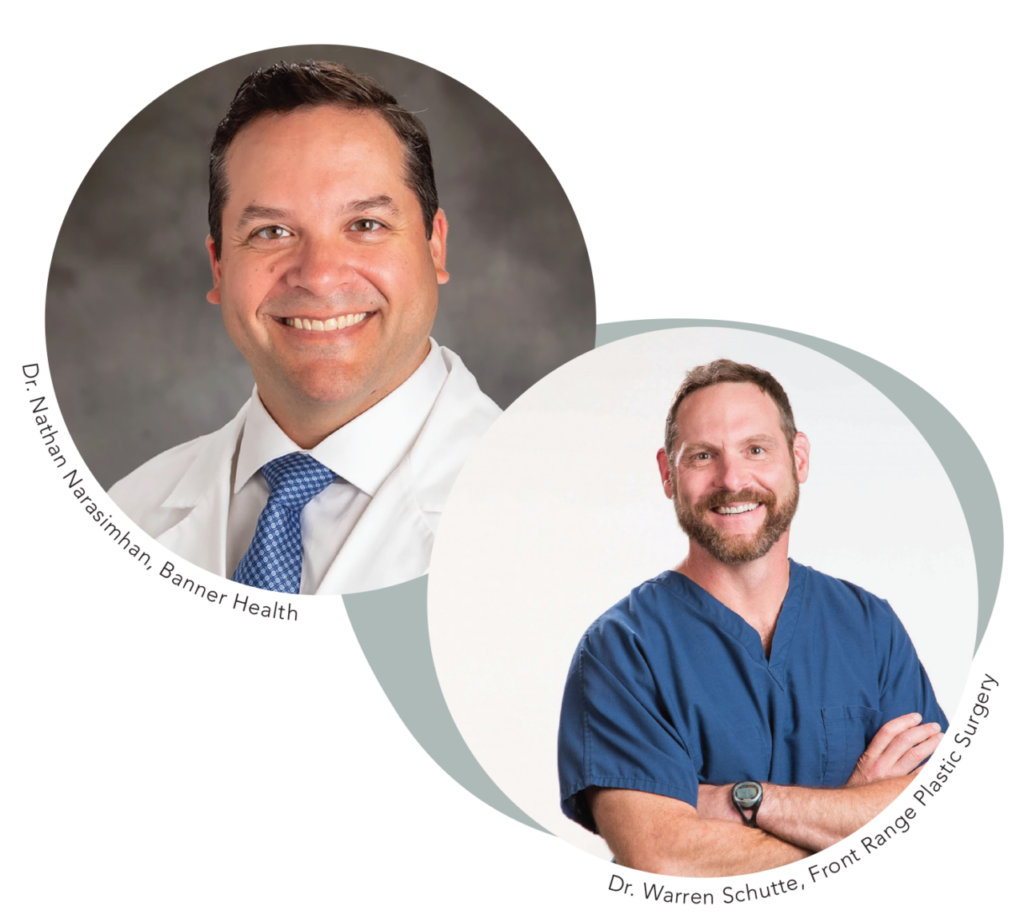
The procedure
Breast augmentation today is different than it was even 10 years ago, Narasimhan says, as technology and safety have improved.
The procedure itself can take less than an hour, and patients can go home right after.
According to the American Society of Plastic Surgeons, the average cost of breast augmentation surgery is $4,516. Bowley says she paid about $7,500 for her procedure.
“You get what you pay for,” she says. “It was worth every dollar.”
These days, implants themselves are often filled with gel rather than liquid. The texture and cohesiveness are more like a gummy bear, says Narasimhan. If an implant ruptures, it won’t leak or flow.
Liquid silicone implants were taken off the market in 1996 due to health concerns, he says, but after a decade of research, they weren’t found to negatively impact health. So, they were put back on the market in 2006.
Silicone and saline implants are the most popular choices, Narasimhan says.
Where the silicone implant has the gummy bear texture, a saline implant has a silicone shell but is filled with salt water. If it ruptures, the implant deflates.
Narasimhan says saline implants aren’t considered any safer than silicone implants.
Another option is fat grafting to increase breast volume, Narasimhan says, but that can be a contentious issue.
“There is some debate in the plastic surgery community about whether that’s a bad idea,” he says. “There are safety concerns relating to stem cells being transferred from one part of the body to another, or calcification that may look like cancer, which may lead to unnecessary biopsies.”
There’s not much evidence out about the risks of fat grafting yet, he says.
The risks
At every consult, Schutte goes over the risks with potential patients, though most people who come to him don’t seem scared.
“People are often nervous about surgery in general, but most of the time people are excited and generally pretty happy about the idea,” he says.
Some of the risks are common to all surgeries, such as pain, infection and changes in sensation. There’s also the risk that implants can change position, leak or rupture.
If implants do rupture, whether due to common wear and tear or significant impact, there’s no need to panic, says Narasimhan, as they can be removed and replaced.
There’s a chance scar tissue can distort the shape of the breast implant as well, a complication called capsular contracture. Schutte says there are several things you can do to reduce the risk of capsular contracture, including limiting lifting and vigorous exercise for several weeks after surgery.
Some of the scarier complications include breast implant illness and breast implant-associated anaplastic large cell lymphoma.
Breast implant illness is generally thought to be an autoimmune disease that may be–but isn’t proven to be–associated with breast implants. People experiencing breast implant illness report signs and symptoms such as fatigue, memory loss, skin rash, trouble concentrating and thinking clearly, and joint pain, according to the Mayo Clinic.
Narasimhan describes it as a constellation of symptoms attributed to breast implants.
“We don’t know enough about that yet,” he says. “There are certainly theories, but there isn’t any scientific research or evidence to prove a connection.”
The good news is that if a patient is concerned that they are experiencing breast implant illness, implants are much easier to take out than, say, a knee replacement, Narasimhan says.
Breast implant-associated anaplastic large cell lymphoma is something the Mayo Clinic calls an uncommon cancer of the immune system. It’s believed that implants with textured surfaces have an increased risk of developing the cancer.
The idea behind textured implants was that they stuck in place better, Schutte says, though many surgeons, himself included, never used them. Because of the increased risk of lymphoma associated with the textured implants, most surgeons today avoid them.
“I would be surprised if anyone was still using textured implants,” he says.
Breast implants have not been found to significantly impact breastfeeding or mammograms, Schutte said.
According to a meta-analysis of 17 research studies on the subject, published in the Aesthetic Surgery Journal, women with breast implants have not been found to have an increased risk of breast cancer.
The rewards
Bowley was 33 when she got her implants.
“I felt like I sacrificed my body as a mom. I was done having kids and I wanted to feel good about myself,” she says.
Before the surgery, she remembers trying on the sizers to see what different implants would look like. Alone in the room, facing a mirror, she saw possibility.
“You have this glow,” she says, “this sense of hope, finally seeing yourself as you could be.”
__________________________________________________________________________________
Kelly Ragan is a writer based in Greeley with bylines in The Colorado Sun, USA Today, The Greeley Tribune and the NoCo Optimist. When she’s not writing, you can usually find her on a hike or with her nose in a book.


